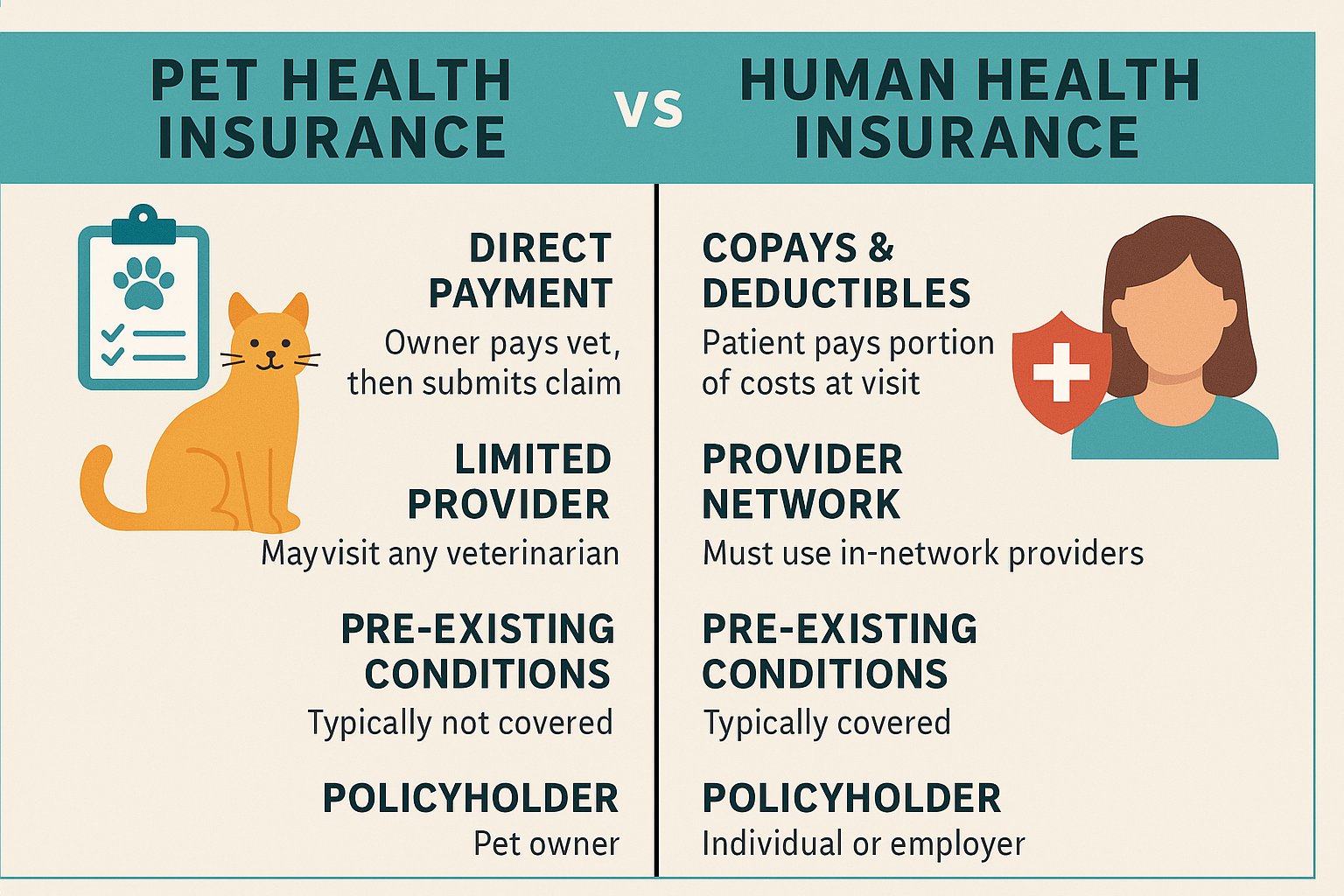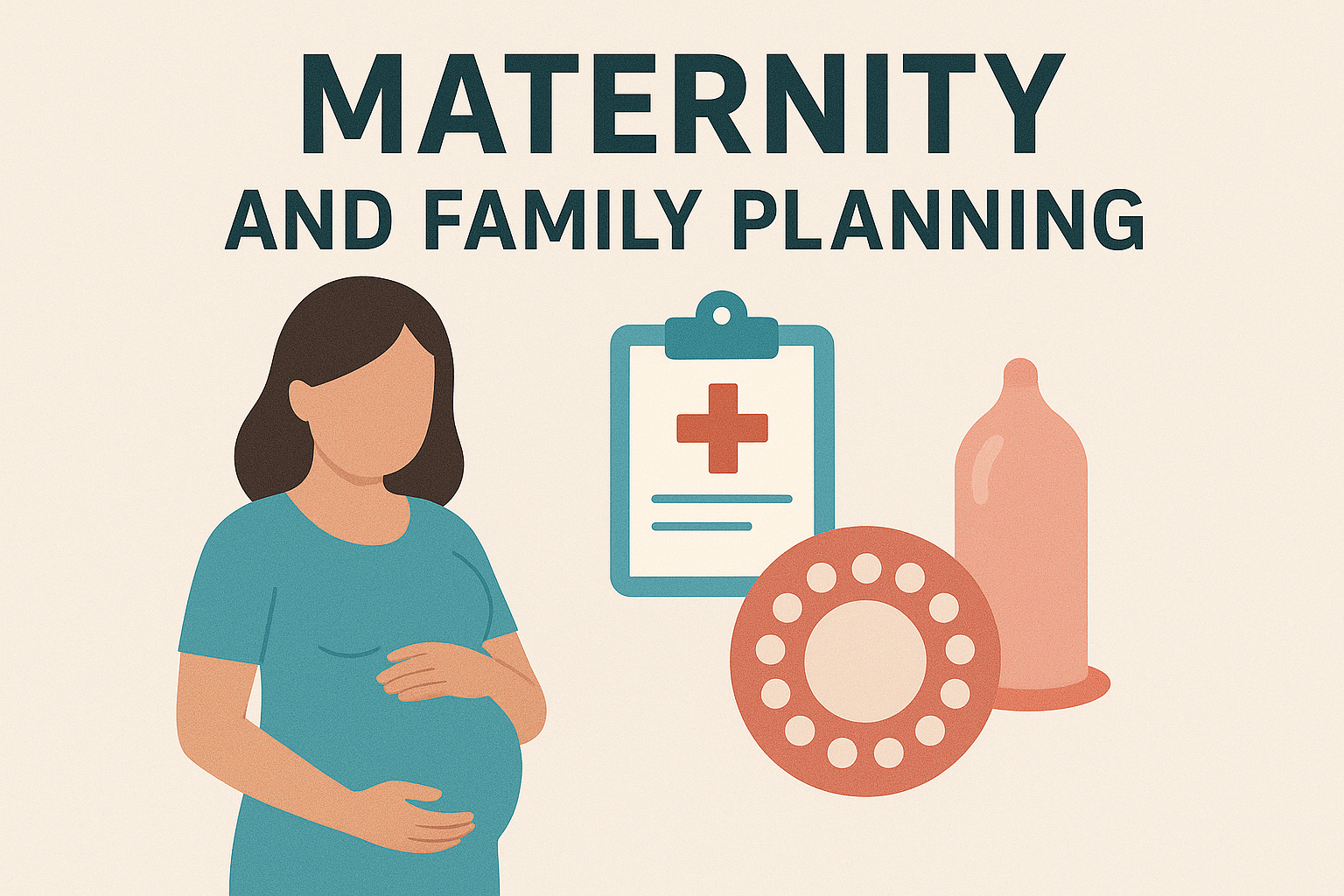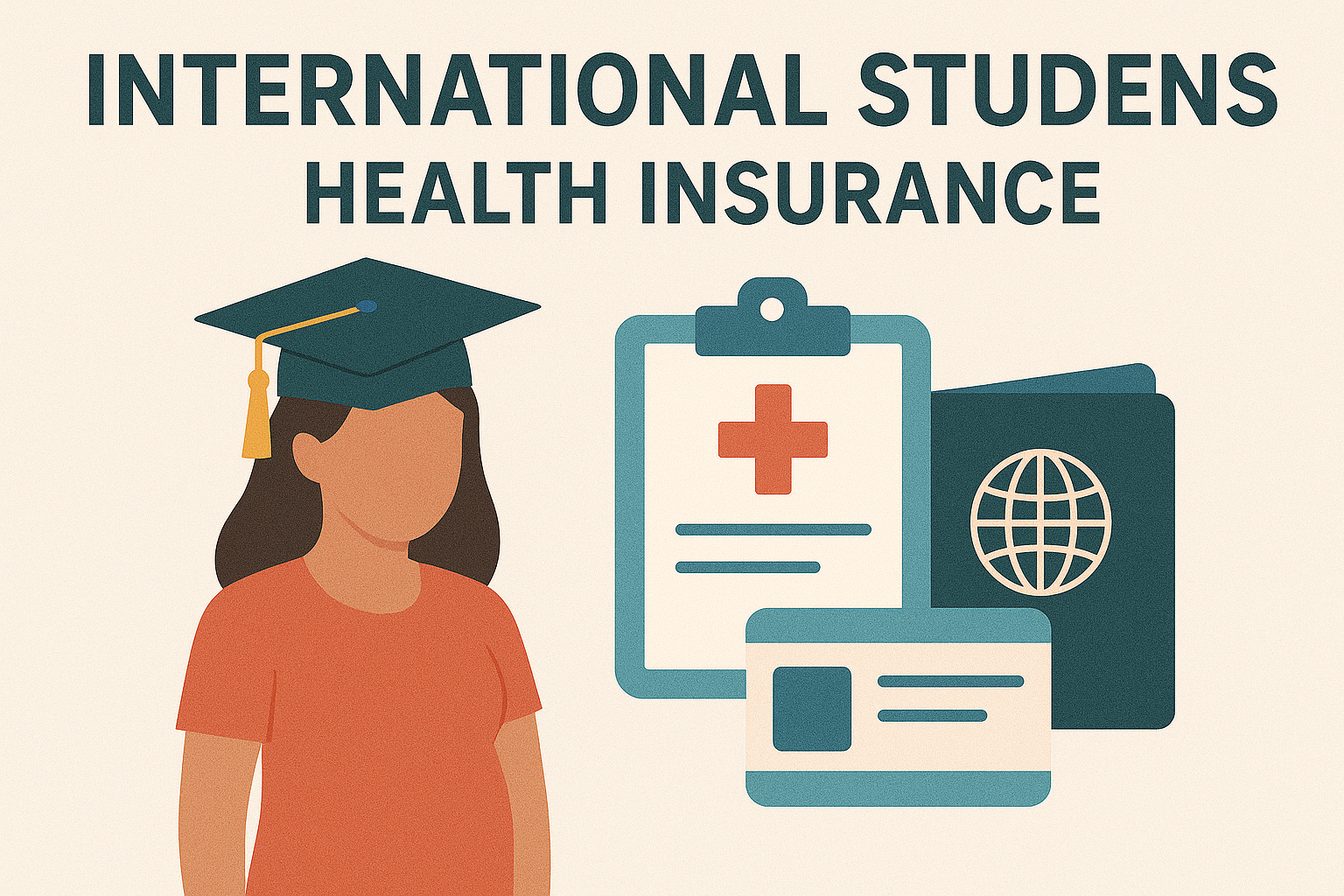
Dental and Vision Insurance: Do You Need Separate Plans?
In 2025, as healthcare continues to evolve, many individuals are asking whether dental and vision insurance require separate plans or if they can be bundled effectively with health insurance coverage. This question is crucial for anyone looking to maintain comprehensive personal care while managing costs efficiently. Dental and vision health are essential parts of overall wellness, yet they are often not included in standard health insurance policies. Understanding the importance of these coverages, the differences between them, and whether separate plans are necessary can help consumers make smarter, budget-friendly decisions while ensuring access to routine and emergency care.
Most standard health insurance plans do not include dental or vision care, especially for adults. While pediatric dental and vision services are required under the Affordable Care Act (ACA) for individuals under 18, adult coverage is typically offered as a separate policy. This is why many employers and private insurance marketplaces offer dental and vision coverage as add-ons or entirely separate plans. These optional policies cover routine exams, preventive care, and procedures such as fillings, crowns, root canals, eye exams, glasses, and contact lenses. Without these supplemental plans, individuals may face high out-of-pocket costs for even basic services.
Dental insurance often includes preventive services like cleanings and X-rays at no cost, while offering partial coverage for restorative care such as fillings and extractions. Major services like crowns, root canals, and oral surgery may be partially covered depending on the plan’s tier. On the other hand, vision insurance typically covers an annual eye exam, a portion of the cost of lenses and frames, and discounts on elective procedures like LASIK. While some health insurance policies may provide emergency coverage for dental injuries or eye trauma, they generally do not cover routine dental or vision maintenance, making separate plans necessary for regular care.
Choosing separate dental and vision plans allows for more tailored benefits and broader provider networks. For instance, standalone dental plans might offer access to a larger network of dentists and better coverage for major procedures than bundled plans. Likewise, vision plans from specialized providers may offer better deals on eyewear and a wider selection of optometrists. However, some insurance companies offer bundled packages at discounted rates, which can be cost-effective if your needs for both types of care are moderate and predictable.
Consumers should evaluate their current health needs, budget, and provider preferences before deciding. Those who anticipate regular dental procedures or need prescription eyewear frequently will likely benefit from comprehensive, separate plans. Conversely, healthy individuals with minimal care requirements may opt for bundled plans or limited benefit packages to save on monthly premiums. It’s also essential to read the fine print and understand the deductibles, annual maximums, waiting periods, and co-insurance rates that apply to dental and vision coverage.
In today’s healthcare landscape, preventive care is key to avoiding larger, more expensive problems down the road. Dental issues such as cavities and gum disease, if left untreated, can lead to infections that impact overall health. Similarly, uncorrected vision problems can affect productivity, safety, and quality of life. Having separate dental and vision insurance plans can provide peace of mind, ensuring that these important areas of care are not neglected due to cost concerns.
In conclusion, while health insurance is essential, it does not replace the need for dental and vision coverage. In most cases, securing separate dental and vision insurance plans is the best way to ensure comprehensive care, reduce out-of-pocket expenses, and protect long-term wellness. Whether through employer-sponsored benefits or private providers, investing in dental and vision insurance is a smart move for anyone prioritizing their complete health picture in 2025 and beyond.



